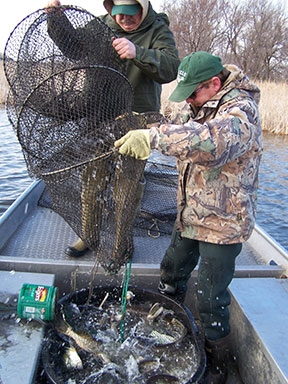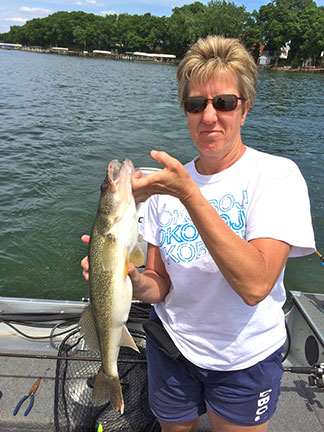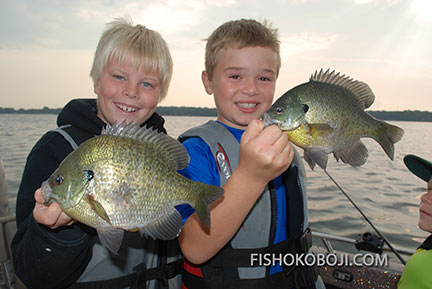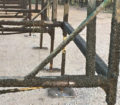By Steve Weisman
The 2014 Walleye Opener on the Iowa Great Lakes is at hand, and with it comes the question about transporting fish from the lake that you have been fishing. Here is what the 2014 regulations booklet states: “Drain water from boat, livewell, bilge, ballast tank, bait bucket, and other equipment holding water before leaving a water access. Drain plugs and other water draining devices must be removed and/or remain open during transport. If you want to keep live bait when leaving a water access, you must replace water in bait containers with tap or bottle water.”
Anglers leaving with fish are recommended to put them on ice, whether in a cooler, a bucket or a live well (plug must still be removed and/or opened).
The regulation goes on to say: “Dispose of unwanted bait in the trash. It is illegal to release bait into a waterbody and to release aquatic animals from one waterbody into another.”
Reason for the regulation
It all comes down to two words: invasive species.
We’re talking all kinds of invasives…this next part also comes from the 2014 regulations booklet: Bighead carp, silver carp, Eurasian watermilfoil, zebra mussels and other nonnative aquatic species threaten Iowa waters. These aquatic invaders do not occur naturally in our lakes and rivers. When stocked into them, these invasive species can cause ecological and economic harm by displacing native plants and animals, damaging
water resources, and interfering with water-based recreation, including fishing.
Statewide regulation
It is important to note that this is a statewide regulation that covers all bodies of water in Iowa. The regulation mirrors the regulations set by the state of Minnesota and will most likely be in place in many other states soon. Mike Hawkins, Iowa DNR Fisheries Biologist, says “The actual recommendation for this new law came from a group of Iowans that served on an Aquatic Invasive Species committee appointed by DNR Director at the direction of the Governor. Based on extensive research and discussion, their recommendation went to the Iowa State Legislature and was passed into law and signed by the governor.” Hence, the law is on the books, and has been since July of 2013.
Back to the Walleye Opener
The law clearly states you won’t be able to transport fish in lake water – no matter where you are in Iowa. With bait such as minnows, you can replace the water with tap or bottled water. It may be much more difficult to bring along enough water (de-chlorinated and at the right temperature) to transport a bunch of panfish or a few bigger fish.
To be consistent and keep anglers legal, this year’s organizers decided to have anglers bring in fish they are willing to harvest.
What must be remembered is that the Walleye Opener is not like many other regulated, sanctioned fishing tournaments. It is simply the Opener, and the rules for size and the limit for each species of fish are those that we follow throughout the year.
So, really, if a trophy fish is caught, it is up to the individual to decide whether to bring the fish in to be weighed and entered into the contest or not. It is legal to do so. At the same time, there are others that will simply take a quick photo of their big fish and let it go.
Hawkins adds, “Trying to transport fish from the lake to a baitshop and then back to the lake isn’t the best for fish anyway. Not only does it present hurdles under the new laws, it also stresses fish. Post-release mortality can be quite high after all of that handling and transport. More traditional weigh-in tournaments are held close to the lake under very controlled circumstances.”
As for the tagged walleyes, all of them are less than 17 inches, so there is no issue with them being trophy fish.
The bottom line is this. This is fishing as allowed by state laws and regulations. It is what is allowed throughout the year.
The future
I know this does not solve all of the issues, and there are concerned anglers that would like to see some other options out there. I do know that these concerns will be addressed for next year’s Walleye Opener, and the contest organizers are working with local groups and the DNR to make sure the contest stays a positive event for the Easter Seals, the local community and the fishery.
















